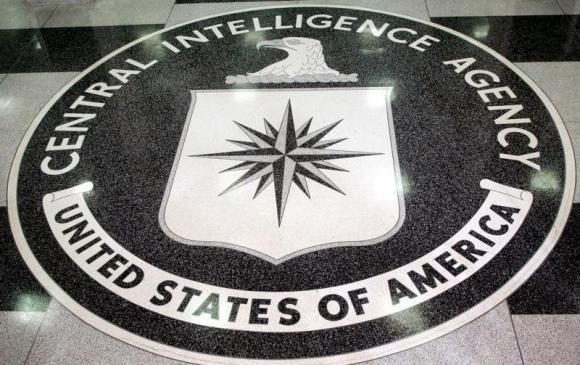Former NYT Reporter: I Felt Obligated To Tell The CIA's Side Of The Torture Story Even Though I Thought It Was False

It’s a cherished tradition of American journalism: Tell both sides of a story. But that obligation -- to represent sometimes conflicting views of an event -- led to some false reporting in the New York Times.
That’s David Johnston’s view in light of the Senate Select Committee on Intelligence study of the Central Intelligence Agency’s interrogation methods after 9/11, the "torture report” released earlier this week. Johnston was one of several journalists singled out in the executive summary, which detailed the CIA’s efforts to mislead the press into reporting that so-called enhanced interrogation techniques were yielding good intelligence.
In 2006, Johnston, then a national security reporter for the Times, reported on the brutal treatment of Abu Zubaydah, an Osama bin Laden lieutenant who has been in U.S. custody since 2002. In the story, “At a Secret Interrogation, Dispute Flared Over Tactics,” pieced together through dozens of interviews, Johnston presented two versions of events: one from the Federal Bureau of Investigation and one from the CIA.
President George W. Bush held up Zubaydah as an example of why coercive techniques were necessary to break a detainee and gain information that led to the capture of other terrorists behind the 9/11 attacks. But FBI agents who interrogated Zubaydah first said he was mostly cooperative and gave them information on 9/11 mastermind Khalid Sheikh Mohammed, and they were deeply uncomfortable with the CIA’s techniques.
Some former and current government officials briefed on the case, who were more closely allied with law enforcement, said Mr. Zubaydah cooperated with FBI interviewers until the CIA interrogation team arrived. They said that Mr. Zubaydah’s resistance began after the agency interrogators began using more stringent tactics.
Johnston said he remembers the pushback when he presented this version of events to the CIA. “I presented to them that I heard there was a major conflict, that there were FBI people on the scene that were very uncomfortable with what was happening,” Johnston told IBTimes.
“I got very strong pushback that I now conclude was completely bulls---, it was just plain wrong” said Johnston, who left the Times in 2009 and is now working on a book about the FBI.
Internally, CIA director of public affairs Mark Mansfield described Johnston’s version of events as “bulls---,” according to the report. The Senate did not contact Johnston, but concluded that his article included the CIA’s false talking points. “The article included the frequent CIA representation that, after the use of ‘tougher tactics,’ Abu Zubaydah ‘soon began to provide information on key al Qaeda operators to help us find and capture those responsible for the 9/11 attacks.’ ”
The CIA is still pushing back on the idea that it systematically misled the press, the public and Congress on the effectiveness of enhanced interrogation techniques. While acknowledging that at times the agency was "inaccurate" or "imprecise," Director John Brennan took issue with this specific claim in the report Thursday. "The record simply does not support the study's inference that the agency misled others on the effectiveness of the program," he said.
Johnston said he didn’t believe the CIA’s version of events then or now, but at the time he felt obligated to represent the agency’s point of view. Also, he could not disprove the CIA’s account. In the end, he said, “what came across was a conflict about the accounts.”
But in his mind today, and in light of the Senate report, there should have been no conflict. “The report looks like it's trying to get to the idea that the CIA was trying to compromise reporters by insinuating false information about the program, and to some degree it worked,” he said. “Another way of saying it is they basically lied to journalists and the journalists didn’t have a lot of alternatives but to reflect their point of view in stories.”
The effect of this in Johnston's piece, an important early investigation into the use of the techniques, turned a strong narrative into a he-said-she-said account. “I do think this was one of the first times anybody had gotten to the idea that enhanced interrogation techniques weren’t working and were counterproductive,” he said.
"Has the CIA inflated and mischaracterized other programs in his history? It certainly has and this goes back to warrantless eavesdropping," he said.
© Copyright IBTimes 2024. All rights reserved.






















